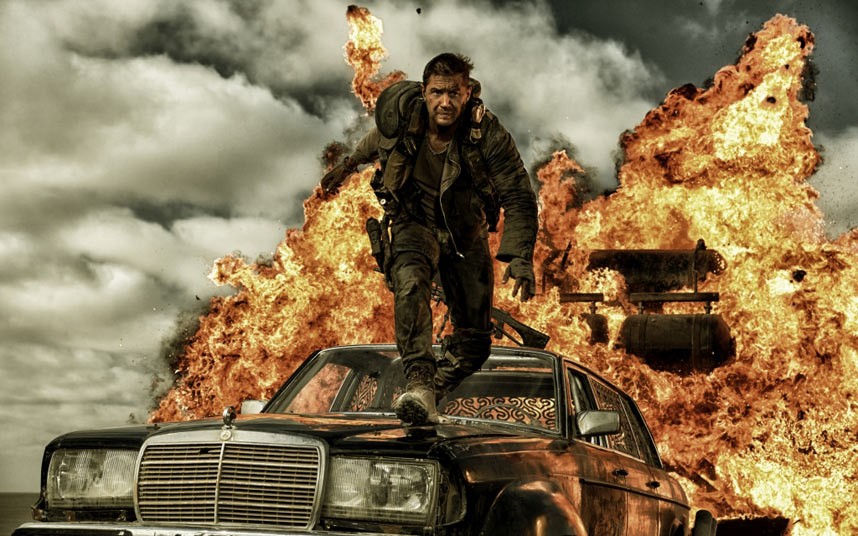Set for official release on May 15th, the 4th instalment of Miller’s Mad Max franchise – Fury Road – is generating a lot of buzz, possibly thanks to the fact that it’s the first instalment of the series for the last 30 years.
The film, starring Tom Hardy and Charlize Theron, takes place several years after a series of catastrophic worldwide calamities. The heroes Max and Furiosa (Hardy and Theron) must cross the post apocalyptic desert, avoid capture from Joe and save the human race. So they have a pretty big job on their hands.
We’ve taken a look at the incredible locations used for this amazing story, and have aimed to show you just what you can expect from the setting on screen. You can also click here for the official trailer, too!
Choosing the ideal locations
Fury Road has generated quite a lot of buzz for the choices of location, and for a number of reasons. First of all, it’s the first in the series to have been filmed at least in part outside of Australia. In October 2009, the film’s director George Miller announced to the Australian Press that that filming of Fury Road would commence at Broken Hill, New South Wales in early 2011, ending years of speculation. He explained that he wanted an element of visual continuity during this new instalment, and that he also wanted to pay homage to the original Mad Max films, so the filming of the opening and final sequences were planned to be filmed in Australia from the start.
Slight change of plans
However, the plans had to be adjusted slightly – in November 2011, filming was moved from the original choice of Broken Hill to Namibia, after unexpected heavy rains turned the previously barren desert there into a lush landscape of wildflowers, which was inappropriate for the apocalyptic and sterile look of the movie.
The initial process began in July 2012 in Namibia. The specific spots Miller chose to create this vast wasteland include the Swakopund Desert in Erongo and the Namib Desert. You can take a better look at these spots on the map by checking out this great infographic on Mad Max by Shade Station.
Bumps along the road
The production of Mad Max: Fury Road definitely wasn’t a smooth ride. As well as actually having to change where the film was set as mentioned above, the crew were not without their troubles when working in their new location.
It’s been reported that in February 2013, the Namibian Coast Conservation and Management group accused the film’s producers of damaging parts of the Namib Desert whilst filming was underway, and resulting in the endangerment of a number of plant and animal species. However, this was widely discredited and disputed by the Namibia Film Commission who commented on the matter and said that they had zero reservations after visiting the set during the production, so no further action needed to be taken.


